ARTICLE AD BOX
Last Updated:July 01, 2025, 13:02 IST
Positioned at nearly 16,700 feet, Tiger Hill was a natural fortress that the intruding Pakistani army and irregulars were determined to defend at any cost

On July 8, 1999, the tricolor was hoisted once again on Tiger Hill, battered but flying defiantly in the mountain wind. (News18 Hindi)
Twenty six years ago, on July 1, 1999, the temperature had plunged to -10 degrees Celsius in the Kargil sector. The Himalayan winds were unforgiving, piercing the skin like shards of ice. Oxygen was thin, the terrain treacherous, and yet, the Indian Army was preparing for a battle that would etch itself in the blood and grit of military history; the assault on Tiger Hill.
Following the capture of Tololing on June 13 and Point 5203 on June 21, one key objective still loomed large over the Indian forces – Tiger Hill. Along with Points 4700 and 5100, it remained under Pakistani control, and from these heights, enemy troops had a direct line of fire onto National Highway 1D, the arterial lifeline connecting Srinagar to Leh. Unless these peaks were recaptured, the flow of logistics and reinforcements to Indian troops remained perilously blocked.
Holding Tiger Hill gave Pakistan a massive tactical advantage. Positioned at nearly 16,700 feet, it was a natural fortress that the intruding Pakistani army and irregulars were determined to defend at any cost. Any attempt to scale it was almost suicidal; the icy slopes offered little cover, and enemy bunkers fortified at the summit meant the soldiers would be easy targets during ascent.
Yet, retreat was never an option.
The Indian Army devised a bold, multi-pronged assault. The responsibility of retaking Tiger Hill was assigned to the 18 Grenadiers, 8 Sikh, and 2 Naga Regiments. While the 8 Sikh engaged the enemy from the front to divert attention, the 18 Grenadiers began an arduous climb from behind, scaling nearly vertical ridges under cover of darkness. Meanwhile, 2 Naga Regiment flanked the enemy from the right.
Adding unprecedented air power to the operation, the Indian Air Force was mobilised for precision strikes in the early hours of July 1. But the crux of the battle would still be fought by infantrymen, crawling over frozen slopes with death lurking behind every snowdrift.
As the 18 Grenadiers approached the summit after 12 hours of continuous ascent, Pakistani forces finally spotted movement and unleashed heavy gunfire. The Indian response was swift and unrelenting. To provide cover, 22 artillery batteries opened up, raining fire from Bofors guns and multi-barrel rocket launchers for over 13 hours, one of the most intense artillery bombardments in the Kargil War.
This relentless shelling allowed Indian troops to inch closer. It was close combat now; hand-to-hand, bunker-to-bunker. The terrain offered no shelter. Every step forward was contested.
Then, on July 3 at 5:15 pm, the Indian Army launched its final, decisive assault.
What followed was five days of brutal, high-altitude warfare. Amid bullets and blizzards, bodies fell and heroes rose. Against staggering odds, Indian forces cleared the final Pakistani positions. On July 8, 1999, the tricolor was hoisted once again on Tiger Hill, battered but flying defiantly in the mountain wind. The psychological tide of the Kargil War had turned.
Among the many acts of bravery, none perhaps symbolised the raw courage of the Indian soldier more than Grenadier Yogendra Singh Yadav of 18 Grenadiers. Hit by 17 bullets and gravely injured by a grenade blast that left part of his body paralysed, Yadav refused to fall back. With sheer willpower, he dragged himself towards the enemy, lobbed grenades into bunkers, and eliminated over half a dozen Pakistani troops, singlehandedly paving the way for his platoon’s advance.
For his unmatched bravery and critical role in the victory at Tiger Hill, Yadav was awarded the Param Vir Chakra, the country’s highest military honour.
Tiger Hill was more than a peak; it became a symbol of India’s refusal to back down, of soldiers who climbed towards death and returned with victory. More than two decades later, the echoes of that battle still resonate through the snow-clad silence of Kargil.
- Location :
- First Published:
News india July 1, 1999: Indian Soldiers Climbed Tiger Hill At -10°C, But It Was Pakistan That Trembled



.png)
.png)
.png)
















 4 hours ago
5
4 hours ago
5
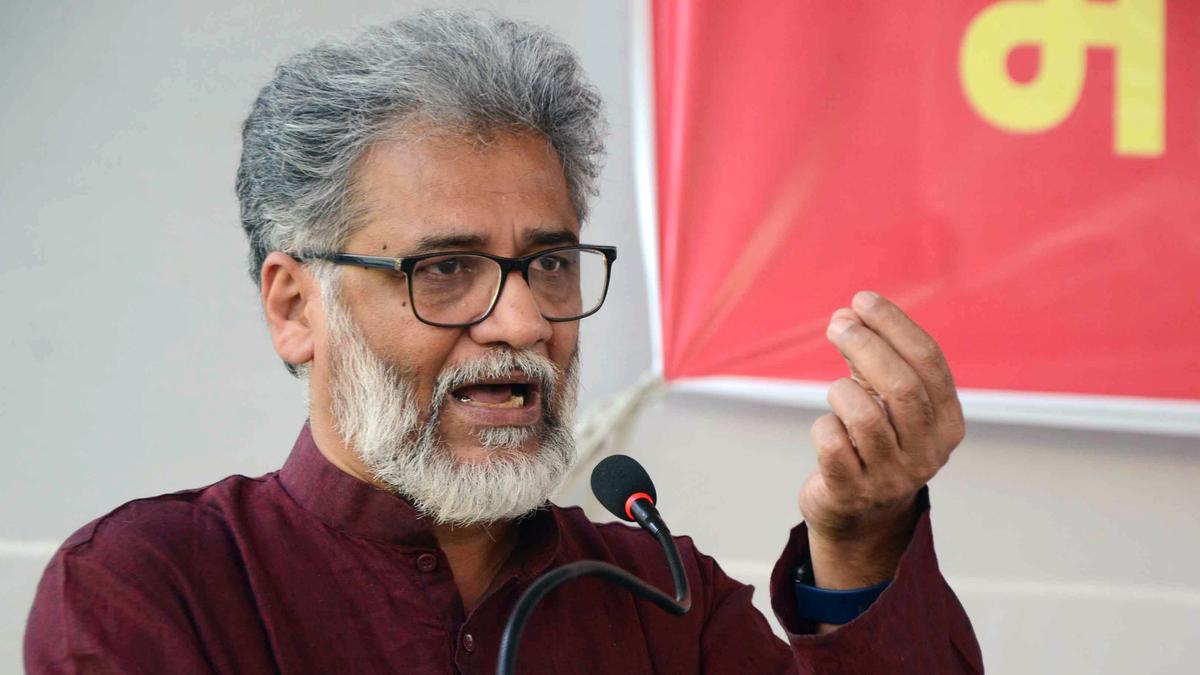
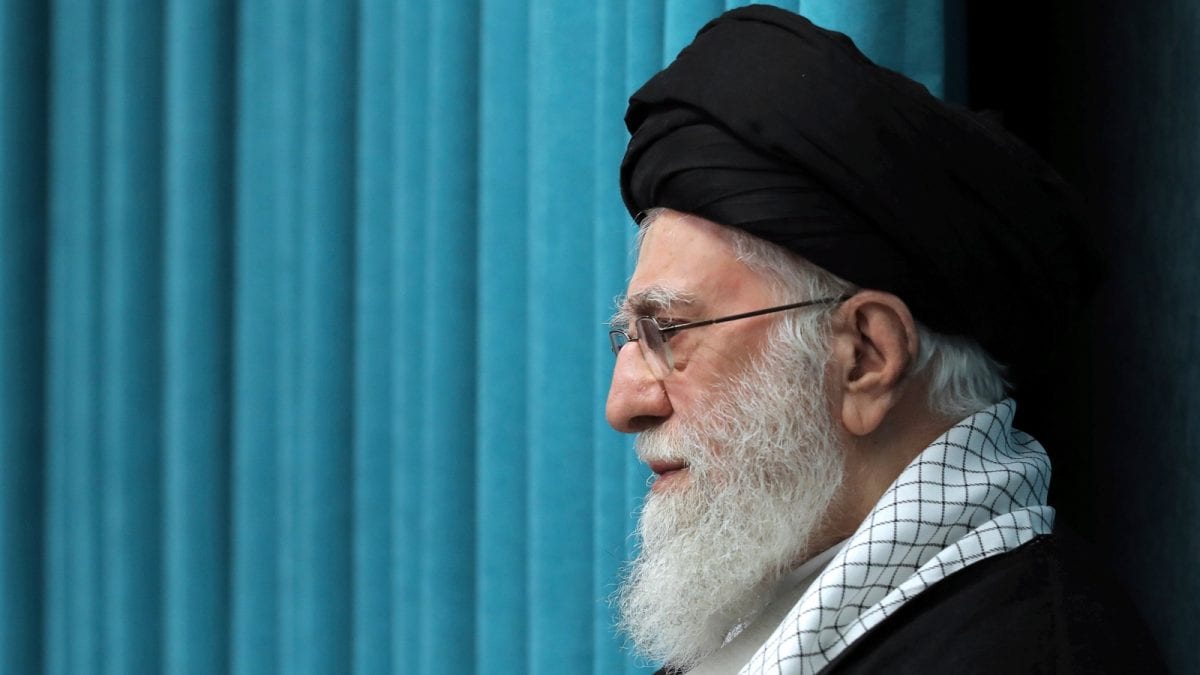



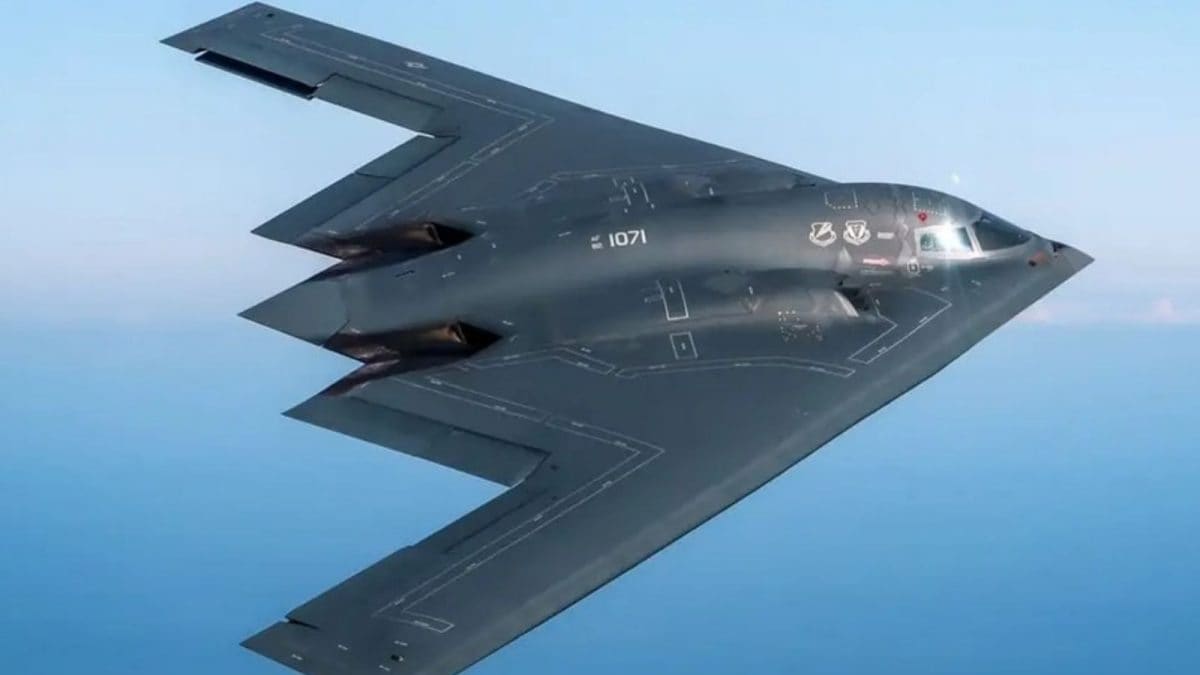
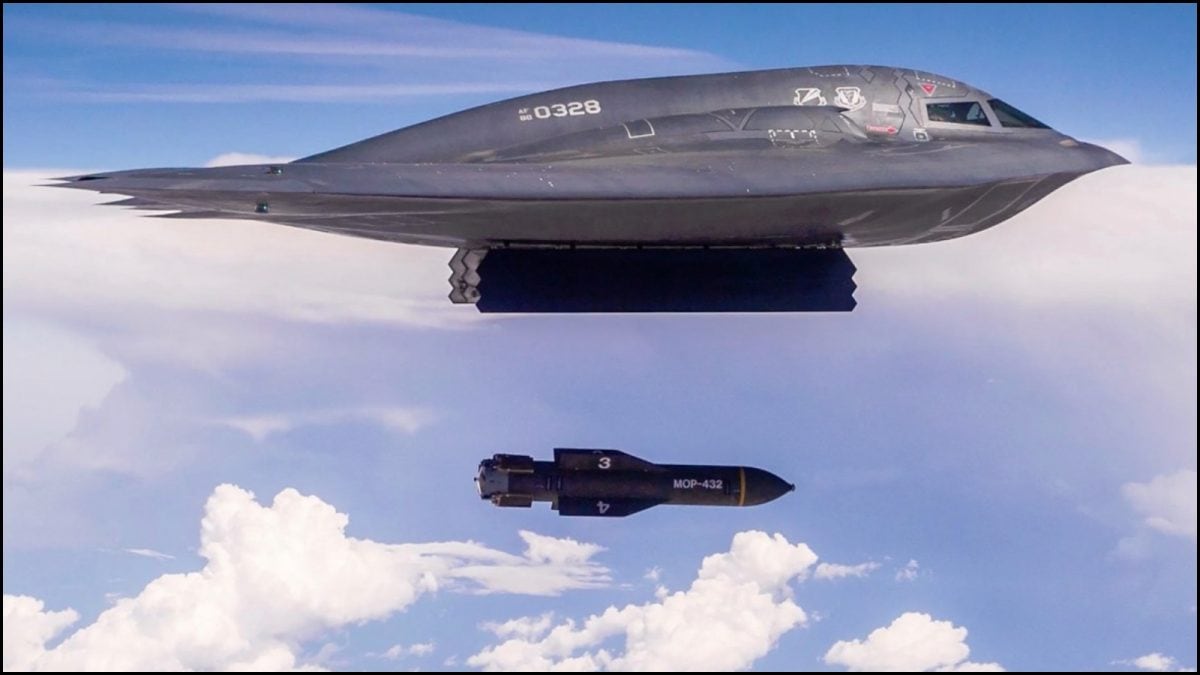
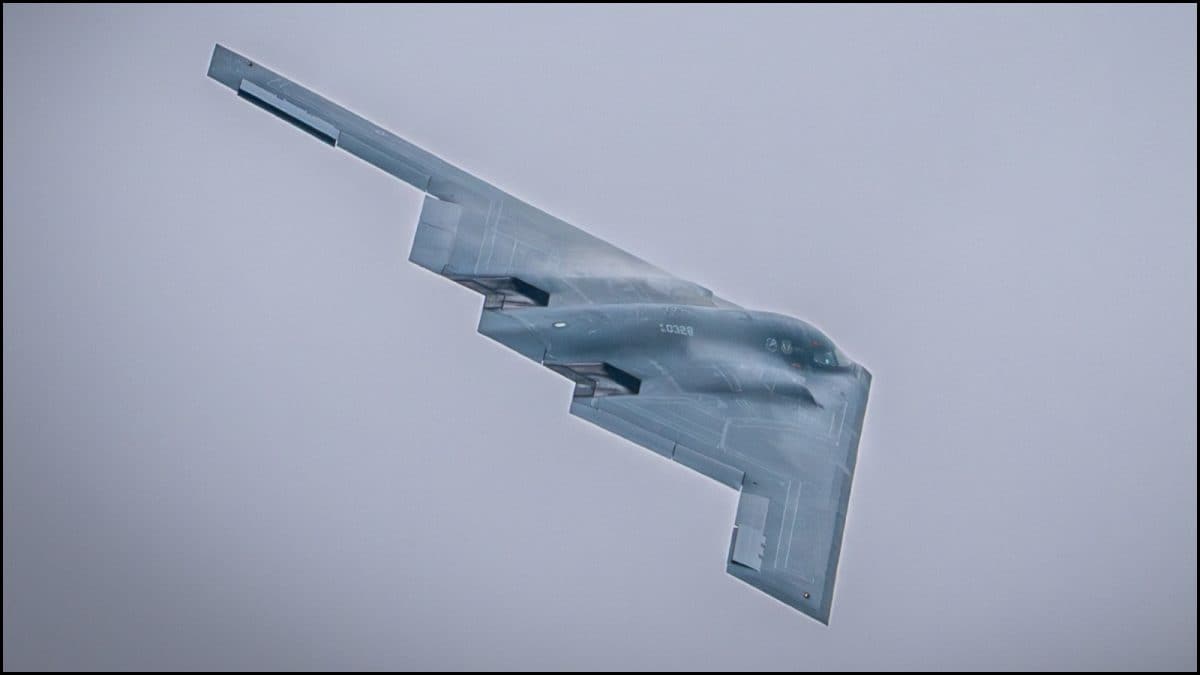

 English (US) ·
English (US) ·